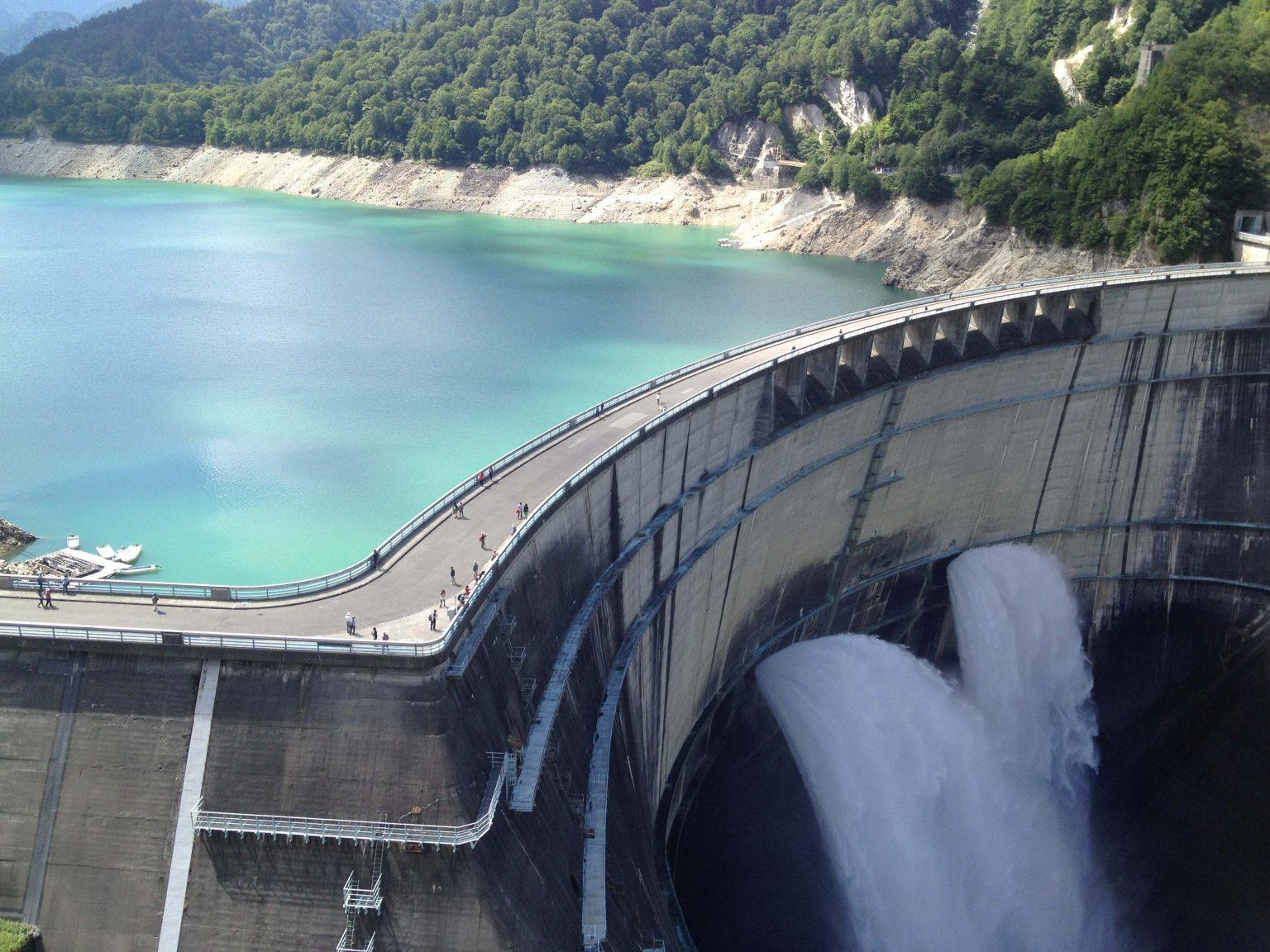Amid apprehensions that many states may be affected by the decision of the Cameroonian government to release excess water from its Lagdo dam, Minister of State for Environment, Ishaq Salako, has assured that flooding would be less severe this year when compared to 2022.
Every year, neighboring Cameroon releases water from a dam, which flood downstream in Nigeria. The dam was opened on August 14, spilling water at the rate of about 20 million cubic meters per day — about 200 meters per second.
The Nigeria Hydrological Services Agency (NIHSA) had predicted in its 2023 Annual Flood Outlook (AFO) that 178 local government areas in 32 states and the Federal Capital Territory fall within the “Highly Probable Flood Risks Areas.” The states are Adamawa, Abia, Akwa- Ibom, Anambra, Bauchi, Bayelsa, Benue, Cross- River, Delta, Ebonyi, Ekiti, Edo, Gombe, Imo, Jigawa, Kaduna, Kano, Kebbi, Kogi, Kwara, Lagos, Nasarawa, Niger, Ogun, Ondo, Osun, Oyo, Rivers, Sokoto, Taraba, Yobe and Zamfara states.
Read Also: Under my Supervision All Contractors Will Resume On Site – Wike
Speaking on a live TV, yesterday, Salako said his ministry was aware of the intended opening of the dam.
“So, we expect that some flooding will occur as a result of the opening of that dam. And it is inevitable because if the dam overflows on its own, the disaster that it will cause will be worse. So, it’s better to have a managed release of the water in the dam to ensure that the damage is not as much.”
Salako added that the Bola Tinubu administration hopes to hasten the process of completing the alternative dam in Adamawa state, in order to hold water when the dam is opened in subsequent years.
“On the issue of long term prevention of flooding from the opening of that dam, for some time now, there has been an approach by the government of Nigeria to build another dam in Adamawa state so that it can hold some of the water when the Cameroon dam is opened.
“So, I think going forward, what will help us is if we are able to, of course, implement the dam that is planned to be built, I think the project is actually ongoing but it’s taking a while. But hopefully, under this administration, we can focus more on it but that’s really not under the purview of the ministry of environment.”
He said the ministry now has a more robust alarm system compared to 2022. He added that this would help predict when flooding will occur, in order to take measures to reduce damages, and ensure that no lives are lost.
The National Emergency Management Agency (NEMA) has advised Nigerians not to entertain fear over the release of the excess water from Lagdo Dam from Cameroon.
A statement by Mr. Manzo Ezekiel, head of the agency’s press unit, said the agency is working with critical stakeholders at the federal, states and local governments to ensure that the release does not cause negative impacts.
“Most of those rivers are not dammed, apart from Katsina-Ala river where we have Kashimbilla dam, it contributes to 26 percent of River Benue, If the rainfall intensifies more and which we are monitoring, there could be flooding from that axis.”
The director general said states should complement the Federal Government’s efforts by sensitising their populace on flood disaster prevention, saying FG cannot do it alone.
“States should follow the Federal Government to sensitize their people, they already know the flashpoints.
“The state emergency management agencies know the locations, when they need to relocate people, they should do so on time.
“Flood issues occur in the communities and the states are to take responsibility for it, they should take more action, to sensitize and relocate their people to safer grounds.
“They should augment the relief materials that NEMA is providing so as to give succor to the people, they should be on standby in all those flood flashpoints.”
Read Also: Improving access to affordable housing
Read Also: Stakeholders excited as Africa International Housing Show launches Housing TV Africa
Source: Sunonline





